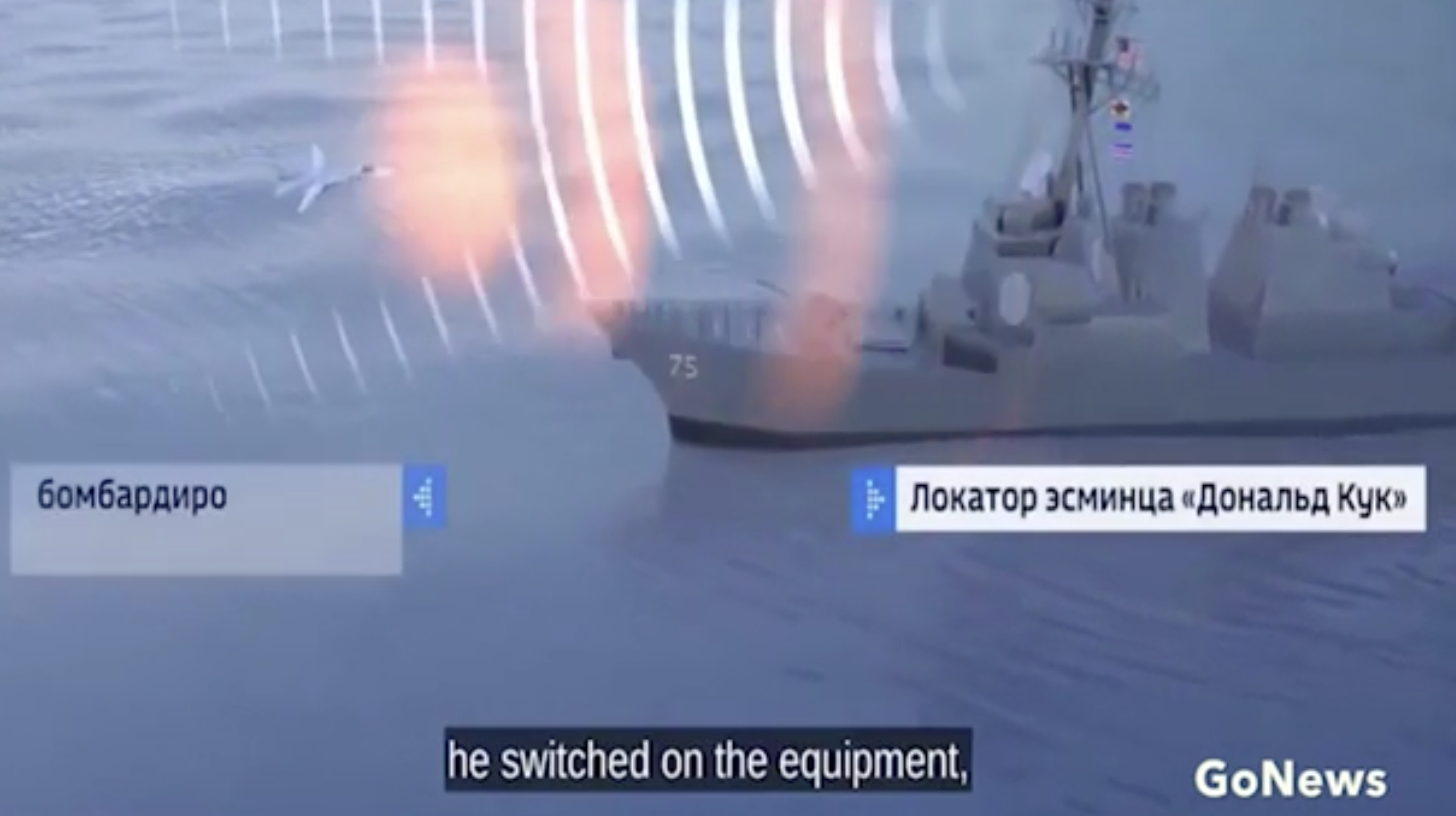
Russia has installed a modern mobile electronic warfare system in Crimea to eavesdrop on U.S. ships in the Black Sea and potentially jam their communications, a U.S. defense official confirmed to USNI News on Monday.
The installation of the Murmansk BN system in mid-March was a direct reaction to an increased U.S. and NATO presence in the region, the official told USNI News.
“It’s pretty clear they’re trying to reinforce their sphere of influence in the Black Sea region,” the official said.
The system is designed to both collect signals emanating from adversary ships or aircraft as well as jam high-frequency communications.
The presence of the Murmansk-BN had been reported by some defense blogs, but the defense official said Monday the U.S. believes the system had been installed as a specific result of U.S. destroyer patrols in the Black Sea.
The U.S. and NATO have stepped up their presence in the Black Sea since 2014, with the bulk of the presence operations falling to the four Arleigh Burke-class guided-missile destroyers based in Rota, Spain.
Retired Navy captain and naval analyst Chris Carlson told USNI News that the signals and electronic intelligence collection of the Murmansk-BN system are the capability of most concern.
“Not so much they’re trying to jam us but they’re trying to listen,” Carlson said.
“It’s something I’d be concerned about.”
The Murmansk system is a new addition to the Russian military – only entering the service in the Russian military last year, according to state-controlled media. The system is built around seven trucks that field large antennas that can both receive signals intelligences and jam certain bandwidths. Made by Russian company KRET, Moscow claims the system can disrupt communication networks as far away as 1,800 miles – though Russian firms are well known for overstating the capability of their systems.
For example, Russian media has often repeated an erroneous claim that in a 2014 encounter between destroyer USS Donald Cook (DDG-75) and a Sukhoi SU-24 Fencer the aircraft “turned off” the destroyer’s Aegis combat system and left the ship dead in the water.

“The pride of our fleet became our shame!” read a fabricated social media entry attributed to a U.S. sailor that was included in a Russian propaganda piece on its electronic warfare systems.
Since the reports of the Fencer EW system emerged, USNI News has repeatedly inquired whether the Russians would be able to field a system that would yield the results reported by Kremlin propaganda. The answer from every international military and industry source for the last four years has been an unequivocal “no.”
Like the device on the Flanker, the Murmansk system would do little to overpower a U.S. destroyer’s Aegis Combat System, but it could make using the Navy’s communication networks difficult.
“What’s it going to do to Aegis? Probably nothing. But maintaining data links could be an issue,” Carlson said.
The Russian military has moved to increase its naval power in the region since Crimea was annexed and has installed advanced missile systems on the peninsula.





